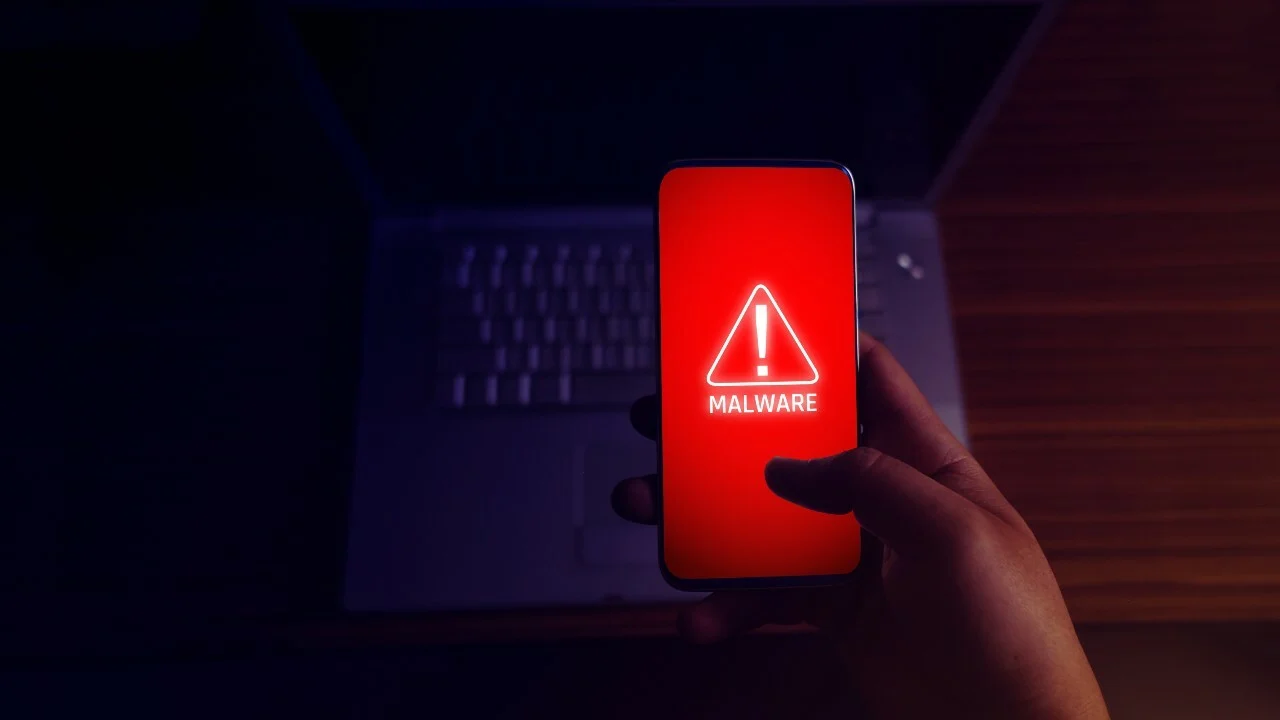The world of technology and smart devices is developing day by day. However, parallel to the field of technologies created for good, there is also an ever-growing dark core. Recent reports have made us question the security of Android devices once again, especially regarding a threat known as the Guerrilla virus.
How to protect your Android device from Guerrilla virus?
The security of Android devices is a topic that has been discussed for years. Google has indeed taken measures to protect against system vulnerabilities, but no really effective measures have been taken against third-party malware in the Google Play Store. This inevitably marks Android devices’ security as “questionable”. A report published last week exacerbated the issue even further. He claimed that many Android devices are shipped to consumers with malware pre-installed, causing Android users to be skeptical of their phones.
The first report comes from cybersecurity firm Trend Micro. During the research, the company examined 50 different Android device models. The findings were quite alarming. According to the report, 8.9 million Android devices were infected with malware. The identity of the malware was also revealed.
Another cybersecurity firm, Sophos, named the discovered app Guerrilla. Sophos, like a detective, tracked down the Guerrilla practice, and the results were no less disturbing. The reason is that Guerrilla was found in the infrastructure of 15 different applications in the Google Play Store.
In essence, the Guerrilla simply does. She opens a backdoor in the form of an “update notification” in the app that hosts it on your phone. It allows you to download unwanted malware onto your phone by pretending to be an update. Downloaded malware affects features such as your phone’s battery life, performance, or displayed ad content.
Phones with Guerrilla typically experience poor battery life and poor performance. Ads that users encounter generally do not concern them and may be categorized as obscene content. The countries where infected phones are now most common are the USA, Mexico, Indonesia, Thailand and Russia. As for the situation in Turkey, there is no answer yet. No security company has named brands or apps that contain the malware. The only known fact is that they usually appear on mid and lower class devices.













